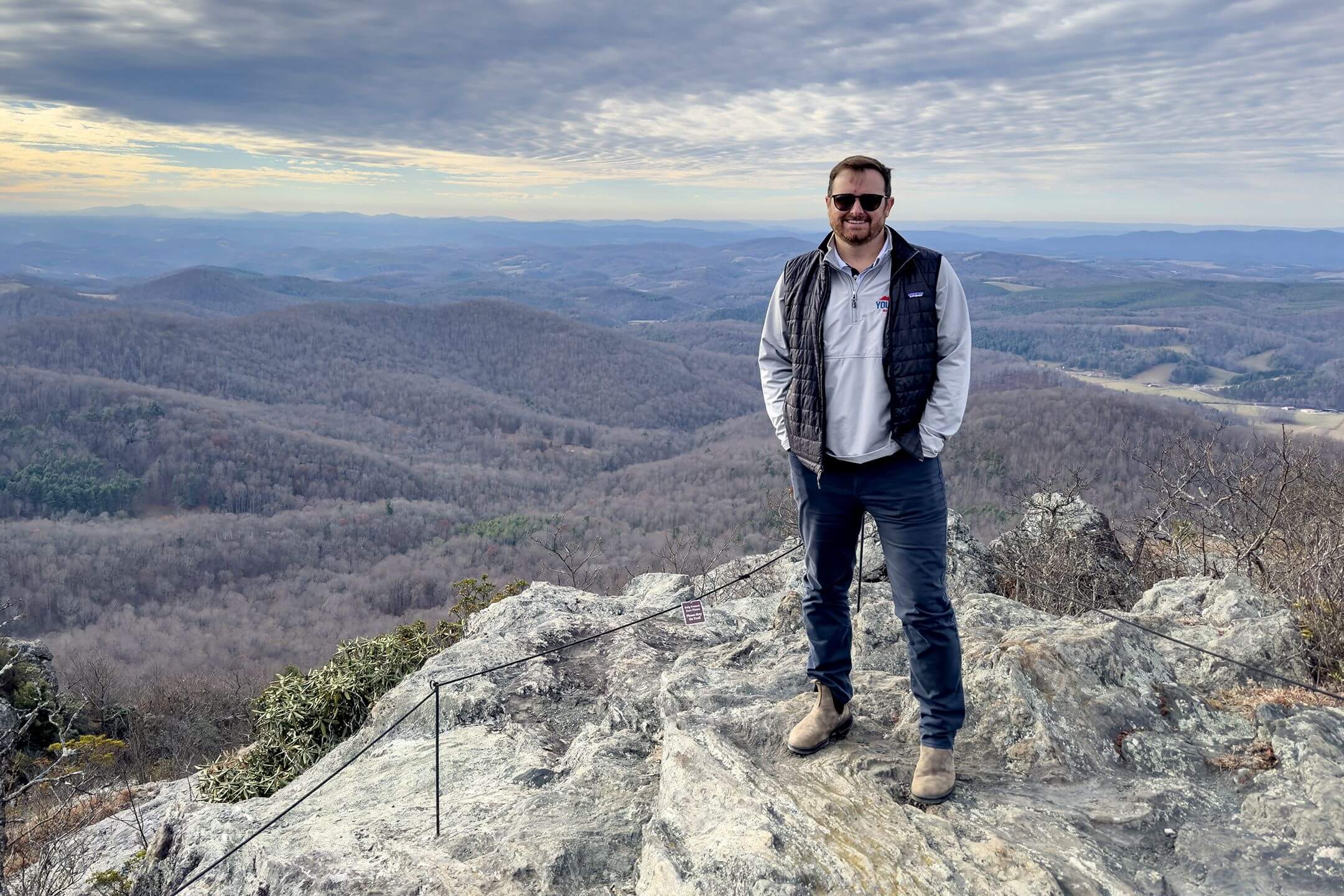Fall is on the way.
During the hot, dull days of August and September it seems that summer isn't changing. Day follows monotonous day. Summer seems as if it will last forever.
It's easy to forget that the northern hemisphere began to tilt away from the sun late last June. Fall and winter are on the way.
One way to mark the subtleties of the changing seasons is to watch birds. You can see the step-by-step decline of summer and advance of fall.
If you're a good observer, you can record when summer resident birds disappear. It's hard to notice departures. One day a bird isn't there. Did you just overlook it or is it really gone?
One of the first birds to leave Georgia is the yellow breasted chat. It seems like only yesterday I could hear the chats' mysterious calling at night in the thickets west of our house. Now we no longer hear them. They've slipped away and are headed south to their winter habitat in South America.
It won't be long before the indigo buntings, blue grosbeaks, tanagers and many other tropical migrants depart, too. You won't see them go, but one day you won't see them anymore.
It's easier to notice the arrival of new birds in your garden. Goldfinches began visiting our zinnias and sunflowers in late July. In June, when goldfinches nest, we had none. These birds are done nesting now and are leaving their territories to concentrate at good food sources.
We're also seeing an influx of new hummingbirds. Ruby- throated hummingbirds are through nesting, so they're free to leave their early summer homes and concentrate at favorite flower gardens and feeders.
I find that jewelweed and goldenrod are good indicator plants. When you see these flowers come into bloom, hummingbirds are on the move.
As summer wanes, the arrival of more hummingbirds from up north will make possible dozens of hummers in your yard. You can put up extra feeders to accommodate the new arrivals.
Hummingbirds often fight at feeders -- so put the new feeder on the other side of the house to help spread the wealth. Enjoy the hummingbirds while you can, because they will suddenly become scarce after the first cool nights in October.
It's sad to see them go. But new birds are coming. They'll be the seed eaters like white-throated sparrows, juncos, siskins, purple finches, evening grosbeaks and more. They will tell you when fall and winter have pushed them south from their northern nesting grounds.
As summer shifts to fall, the changing bird life in your backyard will be an accelerating trend. Get ready so you don't miss anything.
I'd like to gather data on when winter birds arrive at bird feeders in Georgia. If you'd like to help, send me a note and I'll send you a form on which to keep your records. Send to Jeff Jackson, c/o Extension Forest Resources, Forestry Building 4, University of Georgia, Athens, GA 30602-4356.






